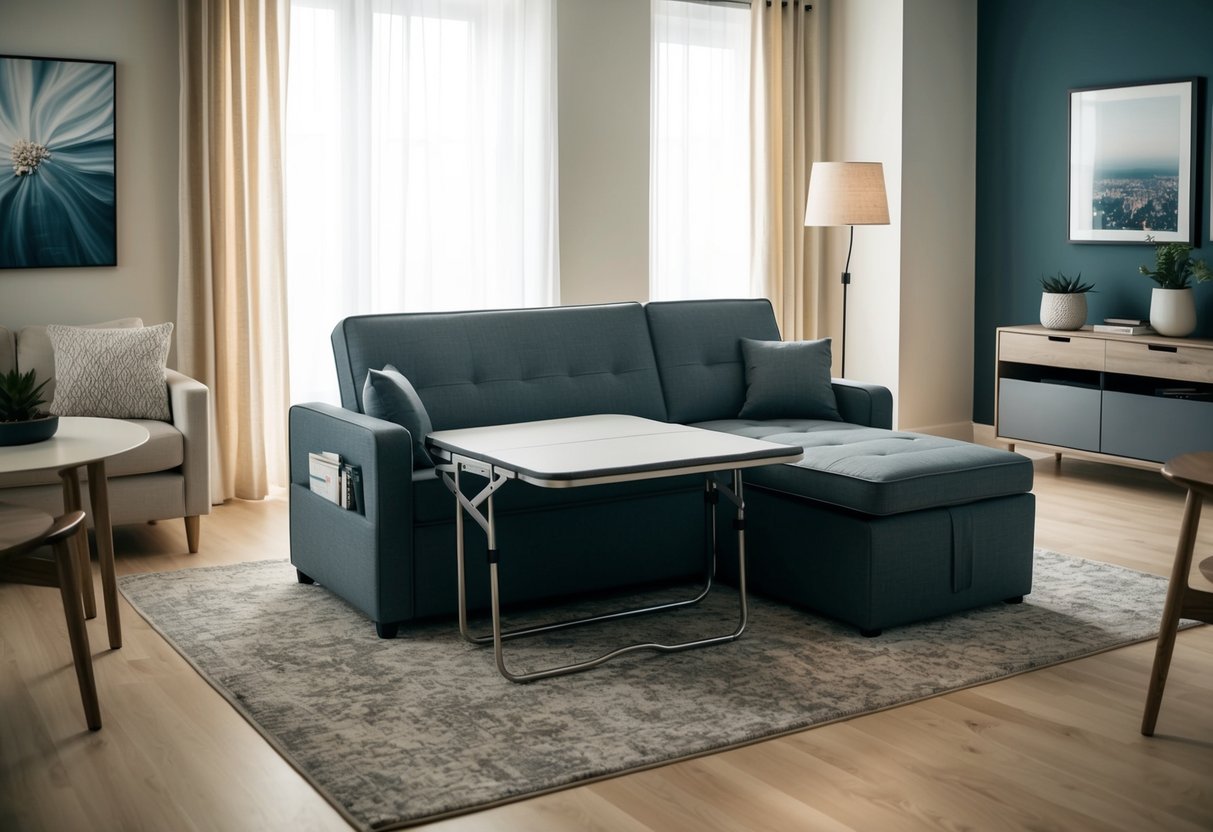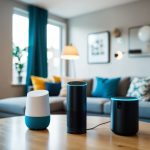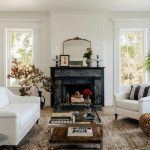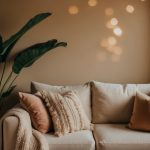Designing Multifunctional Spaces: Tips for Any Room
Designing for Dual Purposes

Designing multifaceted spaces in a home enhances functionality and can maximize the use of limited space. This section explores practical solutions for combining home offices with guest rooms, integrating living and dining areas, and setting up studios that serve as home gyms. Each dual-purpose setup focuses on efficient space utilization and functional aesthetics.
Combining the Home Office and Guest Room
Incorporating a home office with a guest room requires strategic organization. A wall bed offers a perfect solution, ensuring ample workspace during weekdays while transforming into comfortable sleeping quarters when guests arrive. Versatile furniture, like a folding desk, allows seamless conversion.
Choosing a neutral color palette helps maintain a relaxing atmosphere, suitable for both work and rest. Smart storage solutions, such as built-in shelves or under-bed compartments, optimize space and keep the room tidy. Essential office devices can be easily stored in a closet or tucked into discreet corners. Adequate lighting is crucial, with task lighting for work and ambient lighting for evening relaxation.
Integrating Living Room and Dining Area
Combining a living room with a dining area creates a sociable environment. Furniture placement is key; using a sofa to delineate the living space from the dining zone provides a visual boundary. A round dining table can conserve space while ensuring easy flow of movement.
Use area rugs to define distinct areas and add coziness. Multifunctional furniture, like an extendable dining table or storage benches, adds to flexibility. Consider a cohesive color scheme to create harmony between the spaces. Thoughtful lighting is a must. Pendant lights above the dining table and subtle lamps in the living area add an inviting touch. These arrangements promote a shared atmosphere without compromising on function.
Setting Up a Studio That Doubles as a Home Gym
Creating a studio that functions as both a creative workspace and a home gym demands careful planning. Prioritize open space for physical activity by using foldable gym equipment that can be stored away when focusing on artistic projects. A fold-up desk introduces flexibility to the setup.
Mirror panels can create the illusion of more space while serving as tools for exercise feedback. Acoustic panels help with noise management, ensuring the area remains a productive workspace. Choosing durable flooring facilitates exercise activities and complements the studio’s design. Creating defined zones with portable dividers can also maintain focus and separate creative and fitness activities effectively, providing a balanced environment.



